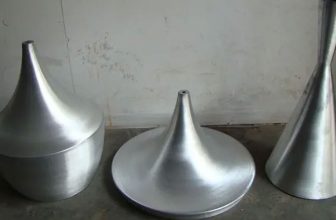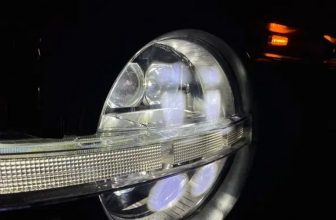Luminous decay is an old-fashioned problem in the LED industry. lediii.com has been thinking about how to intuitively tell you the relationship between light decay and the life of LED lamp beads? Finally, I found a better way, which is to look at the pictures and talk. Let me tell you in advance that the way to reduce light decay is to dissipate heat, dissipate heat, dissipate heat… I will say more important things.
The following is the light decay curve of cree company:

It can be seen from the figure that the light decay of LED is related to its junction temperature. The so-called junction temperature is the temperature of the semiconductor PN junction. The higher the junction temperature, the earlier the light decay will appear, that is, the shorter the life. It can be seen from the figure that if the junction temperature is 105 degrees, the lifespan is only more than 10,000 hours when the brightness drops to 70%, and 20,000 hours at 95 degrees, and 50,000 hours when the junction temperature is reduced to 75 degrees. It can be extended to 90,000 hours at 65 degrees. Therefore, the key to prolonging life is to reduce the junction temperature, but these data are only suitable for Cree’s LEDs, not for other companies’ LEDs.
#1 How To Prolong The Life Of LEDs
So when we buy LED lamps (not specifically LED spotlights), we must check whether its heat dissipation design is good or not.
It can be concluded from the figure that the key to prolonging its life is to reduce its junction temperature. The key to reducing the junction temperature is to have a good heat sink that can dissipate the heat generated by the LED in a timely manner.
Here we are not going to discuss how to design a radiator, but which radiator has a relatively better heat dissipation effect. In fact, this is a problem of junction temperature measurement. If we can measure the junction temperature that any kind of heat sink can achieve, then not only can we compare the heat dissipation effects of various heat sinks, but we can also know the temperature of the heat sink after using this heat sink. LED lifetime that can be achieved.
#2 How To Measure Junction Temperature
The junction temperature seems to be a temperature measurement problem, but the junction temperature to be measured is inside the LED, and it is impossible to put a thermometer or thermocouple into the PN junction to measure its temperature. Of course, its case temperature can still be measured with a thermocouple, and then its junction temperature can be calculated according to the given thermal resistance Rjc (junction to case).
But after installing the radiator, the problem became complicated again. Because usually the LED is welded to the aluminum substrate, and the aluminum substrate is installed on the radiator, if only the temperature of the radiator shell can be measured, then a lot of thermal resistance values must be known to calculate the junction temperature. Including Rjc (junction to shell), Rcm (shell to aluminum substrate, which should also include the thermal resistance of the thin film printed plate), Rms (aluminum substrate to radiator), Rsa (radiator to air), as long as there is one Inaccurate data will affect the accuracy of the test.
The figure below gives a schematic diagram of the various thermal resistances from the LED to the heat sink. It incorporates many thermal resistors, making its accuracy even more limited. In other words, the accuracy of inferring the junction temperature from the measured heat sink surface temperature is even worse.
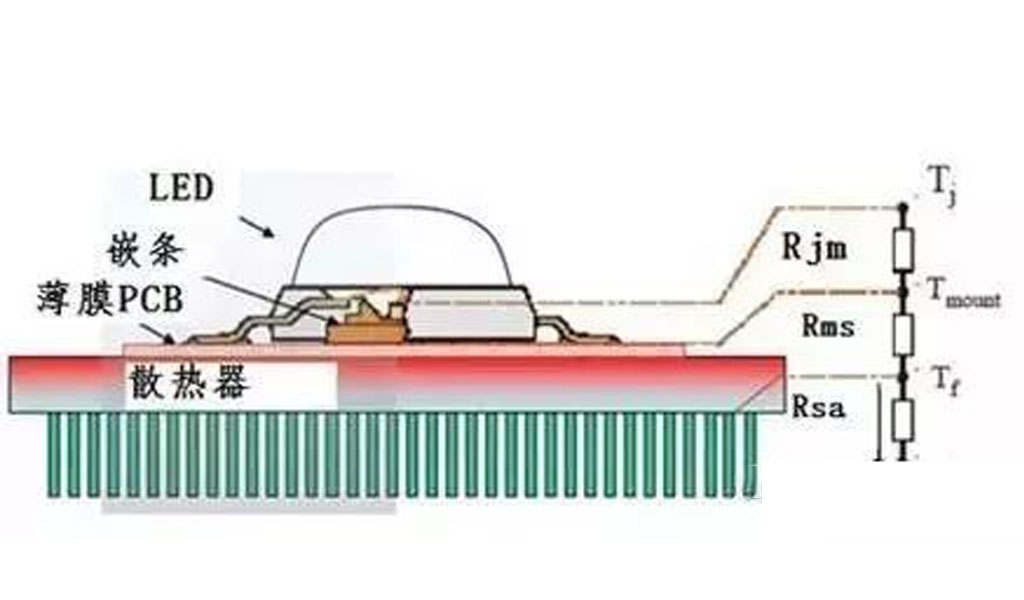
Schematic diagram of each thermal resistance from LED to heat sink
Fortunately, there is an indirect way to measure temperature, and that’s by measuring voltage. So which voltage is the junction temperature related to? What is this relationship like? We must first start with the volt-ampere characteristics of the LED.
#3 Temperature Coefficient Of LED Volt-Ampere Characteristics
We know that LED is a semiconductor diode, which has a volt-ampere characteristic like all diodes, and like all semiconductor diodes, this volt-ampere characteristic has a temperature characteristic. Its characteristic is that when the temperature rises, the volt-ampere characteristic shifts to the left. The temperature characteristic of the volt-ampere characteristic of the LED is drawn in the figure.
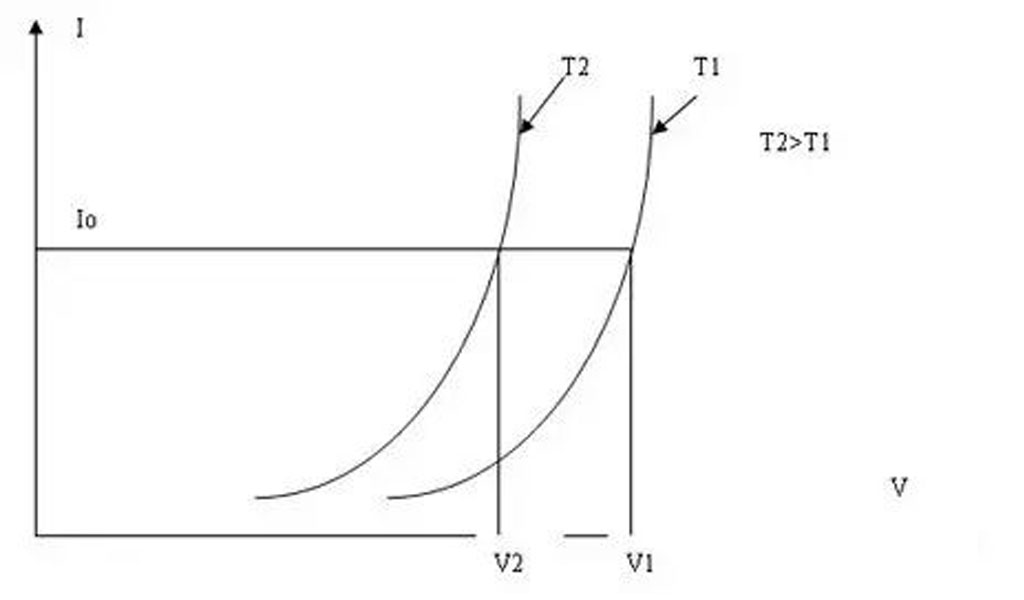
Assuming that the LED is supplied with a constant current of Io, when the junction temperature is T1, the voltage is V1, and when the junction temperature rises to T2, the entire volt-ampere characteristic shifts to the left, the current Io remains unchanged, and the voltage becomes V2. These two voltage differences are removed by temperature to obtain the temperature coefficient, expressed in mV/oC. For common silicon diodes, this temperature coefficient is about -2mV/oC. However, most LEDs are not made of silicon materials, so its temperature coefficient must be determined separately. Fortunately, most of the LED manufacturers’ data sheets give their temperature coefficients. For example, for Cree’s XLamp7090XR-E high-power LED, its temperature coefficient is -4mV/oC. It is 2 times larger than ordinary silicon diodes. As for the array LED (BXRA) of Purui in the United States, more detailed data are given.
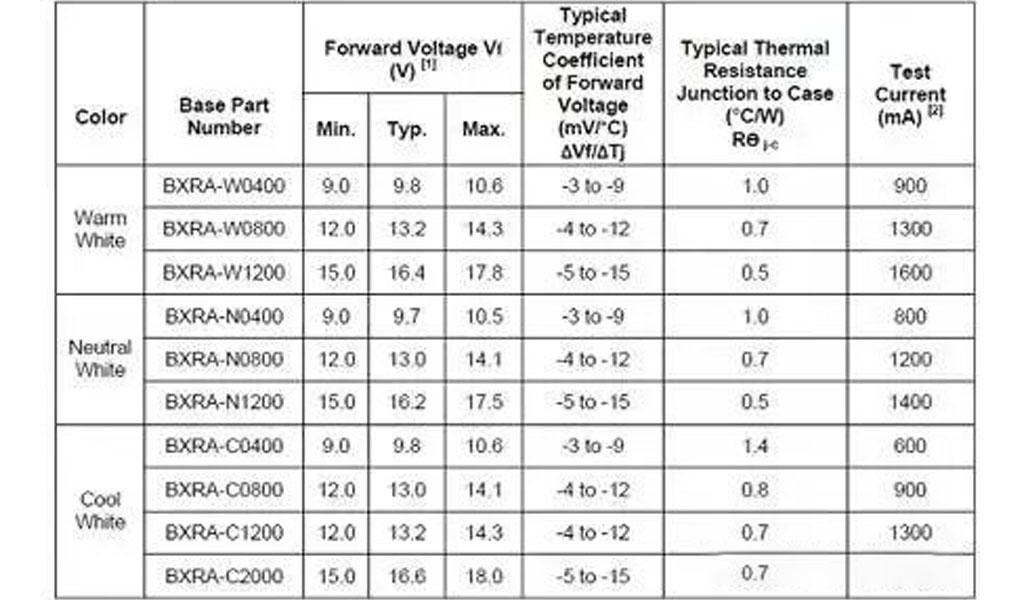
However, the scope of the data they gave is too wide, so that it loses the value of use. In any case, as long as the temperature coefficient of the LED is known, it is easy to calculate the junction temperature of the LED from the forward voltage of the measured LED.
#4 How To Predict The Life Of This Lamp
It seems to be very simple to infer the life from the junction temperature. Just check the curve in Figure 1, you can know that the life of the LED corresponding to the junction temperature of 95 degrees can be 20,000 hours. However, this method still has a certain degree of credibility for indoor LED lamps. If it is applied to outdoor LED lamps, especially high-power LED street lamps, there are still many uncertain factors.
The biggest problem is that the heat dissipation efficiency of the radiator of the 100w150w IP67 High Brightness LED Shoe Box Light decreases with time. This is due to the accumulation of dust and bird droppings which reduces the heat dissipation efficiency. It is also because there are very strong ultraviolet rays outdoors, which will also reduce the life of the LED. Ultraviolet rays mainly play a big role in the aging of the encapsulated epoxy resin. If silica gel is used, it can be improved. Ultraviolet rays also have some bad effects on the aging of phosphors, but not very serious.
However, this method is more effective for relatively comparing the heat dissipation effects of the two radiators. Obviously, the smaller the heatsink is when the volt-ampere characteristic is shifted to the left, the better the cooling effect will be. In addition, there is still a certain degree of accuracy in predicting the life of indoor LED lamps.




